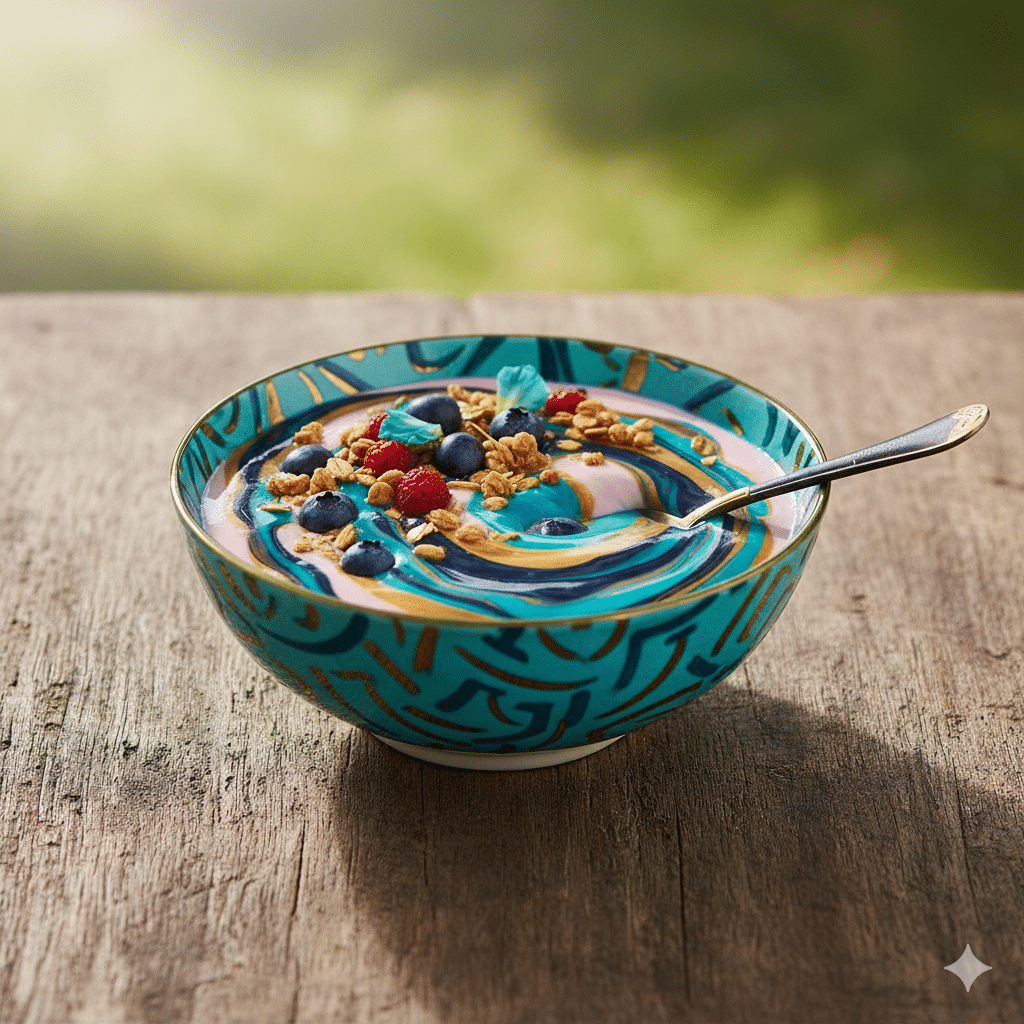This post is based on a previous article on IPKat.
The Board of Appeal thus considered the claimed diagnostic effect to be insufficiently disclosed. Citing G 2/21, the Board of Appeal also found that post-published evidence could not remedy this deficiency. The decision in T 0589/22 is therefore interesting for two reasons. First, it confirms that G 2/21 did not change the established approach of the EPO to the sufficiency standard for diagnostic and medical inventions. Second, the case reinforces the need for clarity of definition when defining patient populations, having a mind both to claim validity and enforcement.
Legal background: Plausibility demystified
To understand the concept of plausibility and its relationship to sufficiency, it’s helpful to understand the standard for basic sufficiency. Article 83 EPC requires that a European patent application “shall disclose the invention in a manner sufficiently clear and complete for it to be carried out by a person skilled in the art.” An objection of insufficiency requires there to be serious doubts, substantiated by verifiable facts, that the skilled person would be able to work the invention. The sufficiency bar is relatively low and can often be satisfied by providing a single example falling within the scope of the claim in the application as filed.
However, certain types of inventions carry a higher level of underlying doubt about whether they can be worked by a skilled person. For these inventions, the EPO employs the concept of “plausibility”, not as a higher sufficiency bar per se, but as an acknowledgment that more evidence is needed to overcome the higher level of doubt that exists for these types of inventions . Plausibility is particularly relevant for therapeutic or diagnostic use claims where there is typically a high level of underlying doubt that a randomly selected compound or method would have the claimed effect . To satisfy the sufficiency requirement for such inventions, the application must provide sufficient information to render the therapeutic or diagnostic use technically plausible.
Therefore, plausibility is not a distinct legal standard specified by the EPC but rather a way of expressing that for certain inventions, there is a higher degree of existing doubt that must be addressed with more substantial evidence in the application as filed. The standard for sufficiency remains the same, that there are no substantiated doubts that a skilled person could work the invention, but the amount of evidence needed to meet this standard varies depending on the type of invention.
Case Background
T 0589/22 related to EP2419741 owned by B.R.A.H.M.S GmbH (ThermoFischer) and opposed by Radiometer Medical ApS on multiple grounds, including insufficiency. The patent related to an in vitro diagnostic method for identifying subjects suffering from a primary non-infectious disease who have an increased risk of mortality from antibiotics. Antibiotics are often given as a precautionary measure to high risk patients before there is evidence of an infection. The claimed method involved measuring a biomarker in the patient’s blood, plasma or serum. As described in the application as filed, a low concentration of the biomarker was correlated with an increased risk to patients from precautionary antibiotics.
Claim 1 specified an “in-vitro diagnostic method for the identification of a subject suffering from a primary non-infectious disease having an increased risk of mortality potentially being induced by the administration of an antibiotic to said subject […] wherein said subject does not exhibit any symptoms of a bacterial infection.” A key issue on appeal was how the phrase “does not exhibit any symptoms of a bacterial infection” should be construed.
Claim construction: “does not exhibit any symptoms”
The Board of Appeal had to decide how to interpret this limitation that “said subject does not exhibit any symptoms of a bacterial infection” in order to assess sufficiency. On this point, the Board of Appeal rejected the Patentee’s interpretation that this phrase should be understood as referring only to symptoms which were specifically indicative of bacterial infection. Instead, the Board of Appeal construed the limitation to mean that the claim excluded subjects who exhibited any symptoms that could be attributed to a bacterial infection, whether or not these subjects actually had a bacterial infection.
The Board of Appeal found that most symptoms of bacterial infections are non-specific. Critically, the Board of Appeal determined that the particular symptom of “shortness of breath” could be attributed to bacterial infection, e.g. as a symptom of pneumonia, and could not, as argued by the Patentee, be understood as an exclusive symptom of acute heart failure” (r.16). The Board of Appeal’s interpretation of this limitation was critical given that all patients in the patent’s examples had shortness of breath as a explicit inclusion requirement for the study.
Sufficiency without data?
Key to the Board of Appeal’s decision on sufficiency was their view that the examples in the patent did not fall within the scope of the claim. Claim 1 included the limitation that the subject “does not exhibit any symptoms of a bacterial infection”. However, all the patients in the examples included in the patent exhibited the symptom of shortness of breath. In fact, shortness of breath was considered an inclusion requirement for the study. As explained in the patent: “To be eligible patients had to report shortness of breath as their primary complaint upon presentation to the emergency department”.
Given that the Board of Appeal had concluded that shortness of breath could be a symptom of bacterial infection, the Board of Appeal thus found that none of the examples in the patent fell within the scope of the claim. The Board of Appeal emphasised that for a diagnostic claim, the purpose of the method is a functional technical feature that must be achieved. Without examples supporting the claimed diagnostic effect in the patient group as claimed (i.e., patients with a non-infectious primary disease who do not exhibit symptoms of a bacterial infection), the Board of Appeal found that the patent failed to meet the requirements of Article 83 EPC. In the words of the Board of Appeal:
“There is likewise no other teaching in the patent that supports the conclusion that the method has the claimed diagnostic effect in the patient group as claimed, i.e. patients with a non-infectious primary disease who do not exhibit symptoms of a bacterial infection. There were also no arguments that this would be rendered plausible from the prior art or common general knowledge” (r.18, emphasis added).
Post-published evidence and plausibility
Having failed to convince the Board of Appeal that the application as filed provided sufficient data to support the diagnostic effect, the Patentee attempted to rely on post-published evidence to support the claims. However, citing G 2/21, the Board of Appeal did not consider it possible for post-published data to rescue the patent: “Under Article 83 EPC, the proof of a claimed therapeutic effect must be provided in the application as filed, in particular if, in the absence of experimental data in the application as filed, it would not be credible to the skilled person that the effect is achieved. A deficiency in this respect cannot be remedied by post-published evidence (decision G 2/21, point 77 of the Reasons). By analogy, the same applies to a claimed diagnostic effect” (r.19).
The Board of Appeal further noted that the post-published evidence would not have helped the Patentee in any case because it related to the same patient group (patients with shortness of breath) that the Board of Appeal had already determined fell outside the scope of the claim. The Board of Appeal therefore revoked the patent for insufficient disclosure.
Final thoughts
Whilst the concept of plausibility was mentioned in G 2/21, the order from the EBA in this referral was not related to plausibility. Instead, G 2/21 related specifically to the disclosure requirement in the application as filed for a technical effect relied on for inventive step. As the decision in T 0589/22 confirms, the plausibility standard remained the same post-G 2/21 as it was pre-G 2/21. For inventions for which there is a higher level of underlying doubt with regards to their technical effect or a claimed functional feature, a higher standard of evidence is required in the application as filed . In the case of medical and diagnostic inventions, this requires the application as filed to contain some form of data demonstrating the invention. The outcome of the decision in T 0589/22 is therefore no surprise and is aligned with the previous case law.
The Patentee’s downfall in this case was therefore the way in which they described the population to which the claimed diagnostic method was directed. Unfortunately for the Patentee, the phrase “does not exhibit any symptoms of a bacterial infection”, was interpreted by the Board of Appeal to be a very narrow group of patients in view the spectrum of possible symptoms of a bacterial infection. In view of the Board of Appeal’s definition, the examples were found to fall outside of the scope of the patent. It is interesting to consider if this patent could have been enforced if the courts took a similarly narrow interpretation of “does not exhibit any symptoms of a bacterial infection”. It is always important to note whether limitations introduced into your patent claims truly capture your invention as illustrated in the examples, especially in the biotech field where support by the experimental data is usually critical for patent validity.









